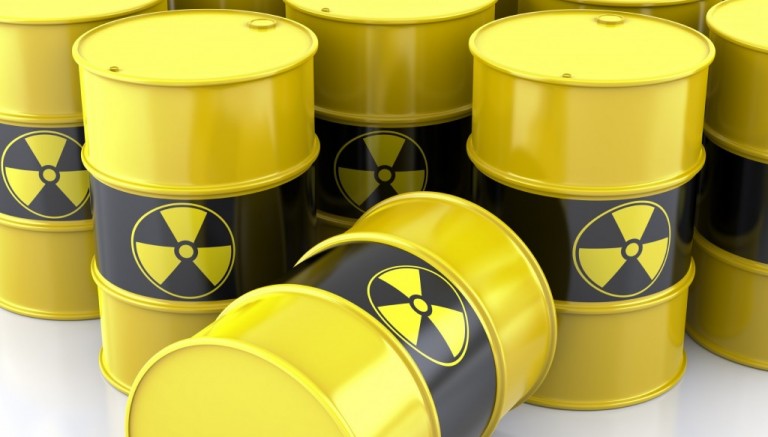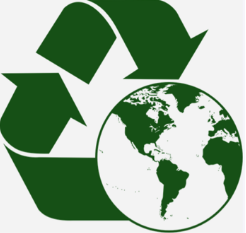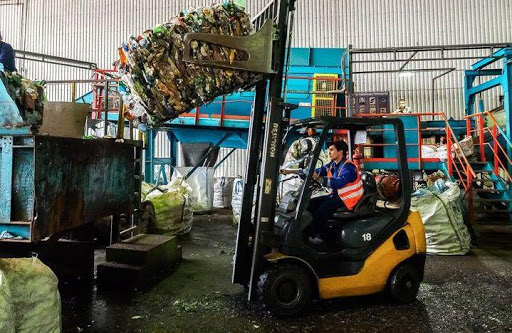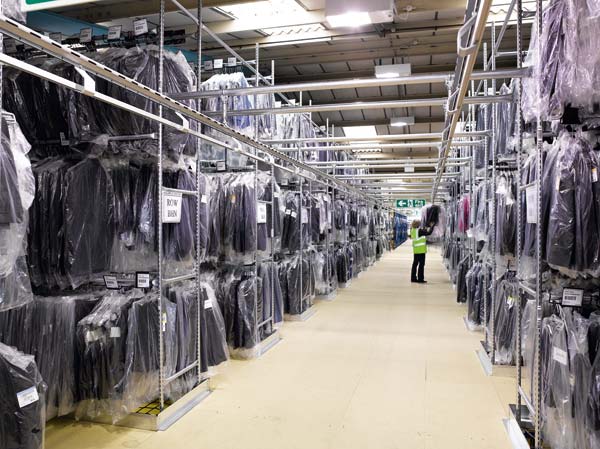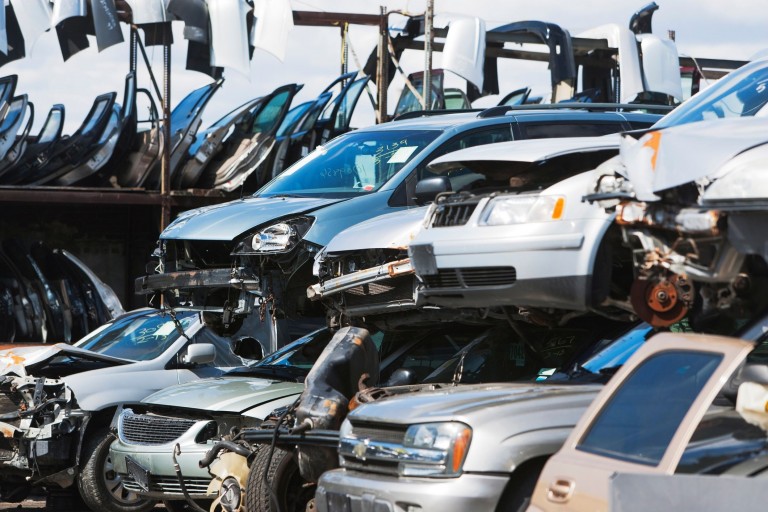Which plastic cannot be recycled and why?
Less than two years ago, plastics became the newest member of the UN’s list of hazardous waste. This change was made at the insistence of numerous citizens and NGOs. It was also supported by state administrations to many countries under various agreements on nature conservation and climate change prevention.
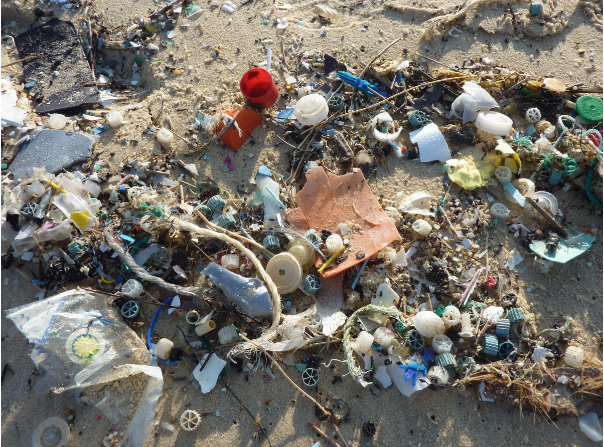
Despite numerous information campaigns, unfortunately, many people still rarely distinguish between degradable, recyclable, reusable and disposable plastic. And this knowledge is extremely important, because a huge percentage of the plastic that is produced cannot actually be recycled.
Today, environmental protection is talked about a lot at all levels – governments, businesses and organizations, but the responsibility for its protection often lies on the back of the end user, at the household level.
As the world’s mass industry seems to be voluntarily giving up disposable plastics and their harmful effects on nature, we are the ones who recycle plastic packaging.
European regulations are also moving in a similar direction, although we are still far from other countries in the world that set even tougher deadlines. With 560 against a minority of 35 votes, the EP decided that some widespread types of disposable polymers in the home should be banned. A goal has also been set by 2029 to recycle at least 90 per cent of non-alcoholic bottles.
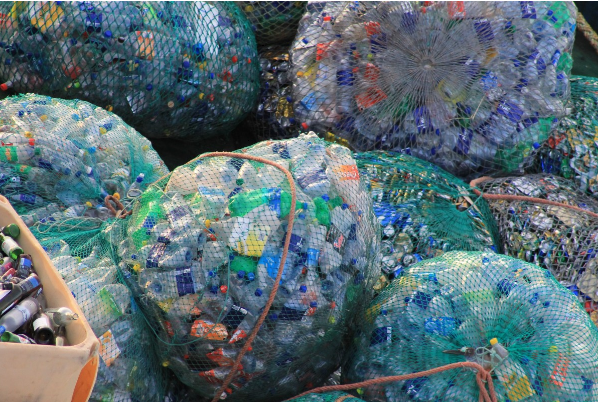
At the moment, Sofia Municipality is entitled to impose fines by regulation, if plastic waste is not separated for recycling, but is added to ordinary household waste. This has not yet become a widespread practice due to the lack of of adequate infrastructure for separate waste collection. With the transposition of European legislation, it will become more common in the coming years.
Which plastics are disposable?
Non-recyclable polymers are all around us.
Plastic packaging of:
- fast moving consumer goods
- plastic product bags
- the packaging foil
- the cracking foil and many more.
Even seemingly cardboard coffee cups contain plastic! They will stay around for many years, after we have already drunk coffee or eaten the food in them. Each of the cheeses, which is packed in a separate nylon layer, will be a prehistory, when its piece of separating foil will still be carried by the wind.
Styrofoam as a material can be recycled The problem is different – the particles, which decompose very easily, are so small that it is difficult to collect, separate from other pollutants. This makes it virtually impossible to recycle.
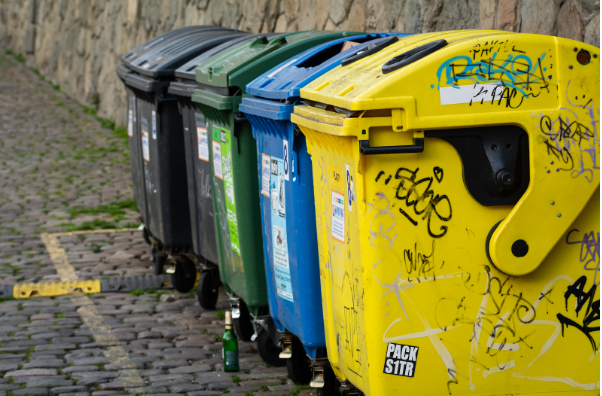
Note that even recyclable plastic will not be able to pass through the process if it is too dirty. This is the main goal of separate collection of polymer waste.
Always remember to crush the bottle or box you are throwing away. At the same time, you will save the operating volume of the rubbish bin, and if it accidentally gets into the general waste, no dirt will get inside.
One of the most harmful plastics is brocade – because it itself is a microplastic particle even before it becomes waste.
In 2015, the United States banned brocade in cosmetics. In practice, despite its charm and allure, it can be extremely dangerous to nature. Similar legal restrictions have been adopted in Taiwan, New Zealand, Canada.
What damage do plastics do?
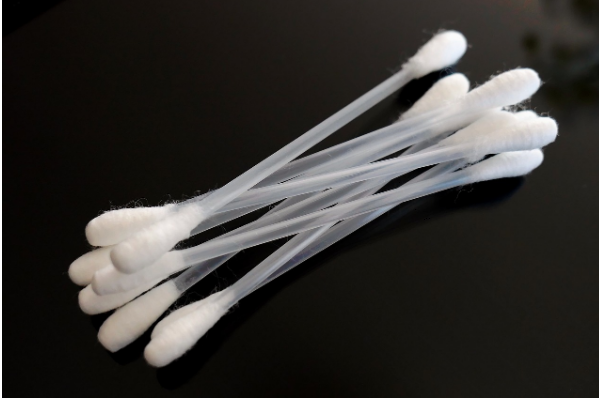
The plastic that people throw away over the years can’t break down and piles up all around us. Most often it collects in water pools, and eventually returns to us, decomposing into microplastic particles.
Animals, plants and whole ecosystems suffer from pollution with non-degradable polymers. Many of them inadvertently swallow plastic particles or become entangled in larger debris, which can lead to suffocation and death, or at least serious injuries.
Many of the plastic waste that enters the environment will not decompose completely for centuries. Some of them literally need a whole millennium to decompose.
How to recognize plastics?
The misleading term “bioplastic” is also used. The fact that a plastic is of the bio class is not necessarily degradable at all.
In many cases, it turns out that we are just talking about bio polypropylene and polystyrene, which cannot be recycled at all. The term “bio” in this case comes from the fact that renewable sources are used to make these polymers. You will recognize these plastics at the remarkably low price they maintain.
Here we come to the difference between recyclable and biodegradable plastic. Both species are degradable, but only biodegradable polymers can degrade on their own under natural conditions. A typical example is the plastic bag, which often “serves” us faithfully for only a few hours before it gets dirty and goes into the container.
The question is, to what extent does it decompose when this happens?Recently, scientists have been talking about how it is not enough to break up larger plastic objects into smaller pieces. Microplastic is not good for nature and the damage from it will be assessed.
Watch out for signs!
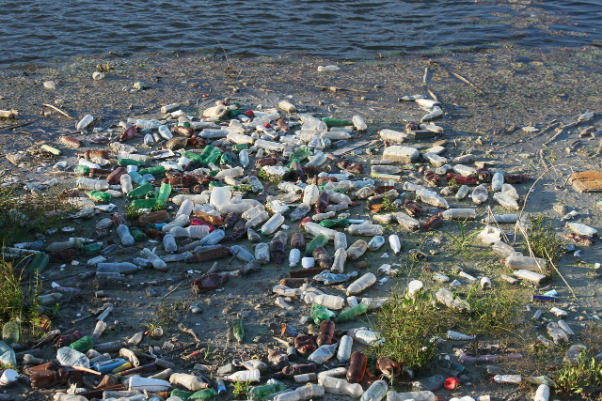
The easiest way to learn to recognize polymers is to remember their hallmarks.
Plastics that can be recycled have numbers from 1 to 7.
As we have already said, styrofoam is in principle subject to processing, it has number 6.
- Polyethylene terephthalate, better known by its abbreviated name PET, has class code 1. It produces a variety of bottles, cups, packaging for daily use.
- HDPE – high density polyethylene is number 2. It is used, for example, for cable sheaths for electrical and optical networks.
- Number 3, polyvinyl chloride, well known to many of us under the popular abbreviation PVC, is used in the manufacture of pipes, flooring and more.
- LDPE is number 4, this is about low quality polyethylene polypropylene (PP) and polystyrene (PS) are also generally recyclable.
- Number 7 includes various types of other plastics, most of which are not recycled. These are acrylic materials (including gel polishes and artificial nails!), Nylon, polycarbonate and others.
It is difficult to complete the list of non-recyclable plastics. Until very recently, it was still growing, and perhaps will continue to be enriched, contrary to all institutional and conscientious efforts to limit them.

